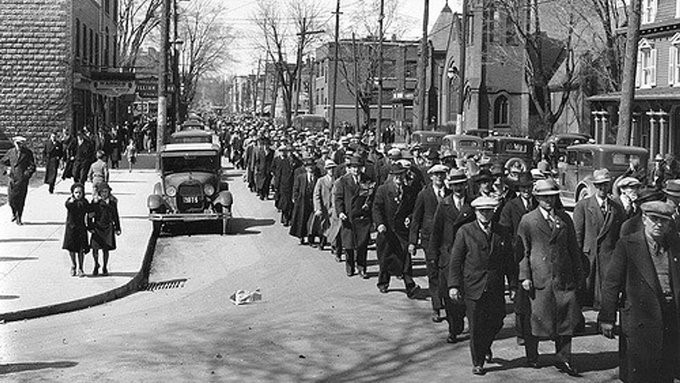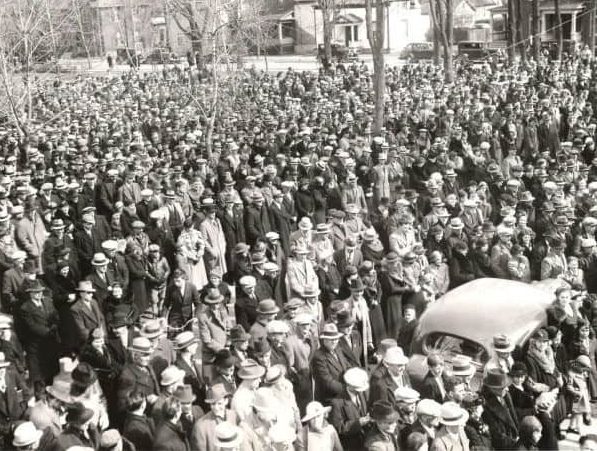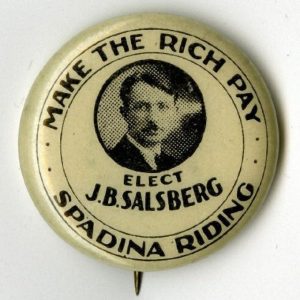1937 Oshawa Strike – the first major industrial unionism success in Canada – marks 85 years
Published April 13, 2022 at 1:25 pm

It has been 85 years since the 1937 Oshawa strike, a 15-day affair that was considered the first major success in the struggle for industrial unionism.
The Winnipeg General Strike 18 years prior was the largest strike in Canadian history, with more than 30,000 workers leaving their jobs, leading to factories, shops, transit and city services shutting down. But the job action, which resulted in arrests, injuries and the deaths of two protestors, did not immediately succeed in empowering workers and improving job conditions.
On the table in Oshawa were demands for seniority, a grievance process, an eight-hour day, higher pay, and recognition of their union, now Unifor222. All but the latter were granted when the Ontario government and Premier Mitch Hepburn capitulated on April 23.
During the strike, General Motors and Premier Hepburn collaborated to break the strike by deputizing and arming a gang of 400 strike-breakers and urging the federal government to send in the RCMP.

Photo Oshawa Museum
The force, officially called a voluntary police force, was derisively known as ‘Hepburn’s Hussars’ or the ‘Sons of Mitches.’ Oshawa Mayor Alex Hall refused to allow the RCMP to act and Prime Minister William Lyon Mackenzie King, who butted heads with Hepburn throughout his tenure, refused to send them.
After two weeks an agreement was reached.
Hepburn was known as a pro-labour Liberal (he would later form a Liberal-Labour alliance with the Communist Party of Canada) but he was also anti-union and professed a “deep concern” about radicals among Oshawa’s auto workers.

During the strike about 100 women, all waving Union Jacks and booing workers crossing the lines picketed GM’s offices after claims were made that communists were dominating the strike. Joe Salsberg, the trade union director of the Communist Party, was one of the leading organizers of the Oshawa Strike.
The two-page agreement signed on April 23, 1937 met most of the workers’ demands. The exception was formal recognition of the United Auto Workers union: this didn’t happen until 1943, though in practice the strike established the union as a powerful force that the company has had to deal with for the past 85 years.
insauga's Editorial Standards and Policies advertising






